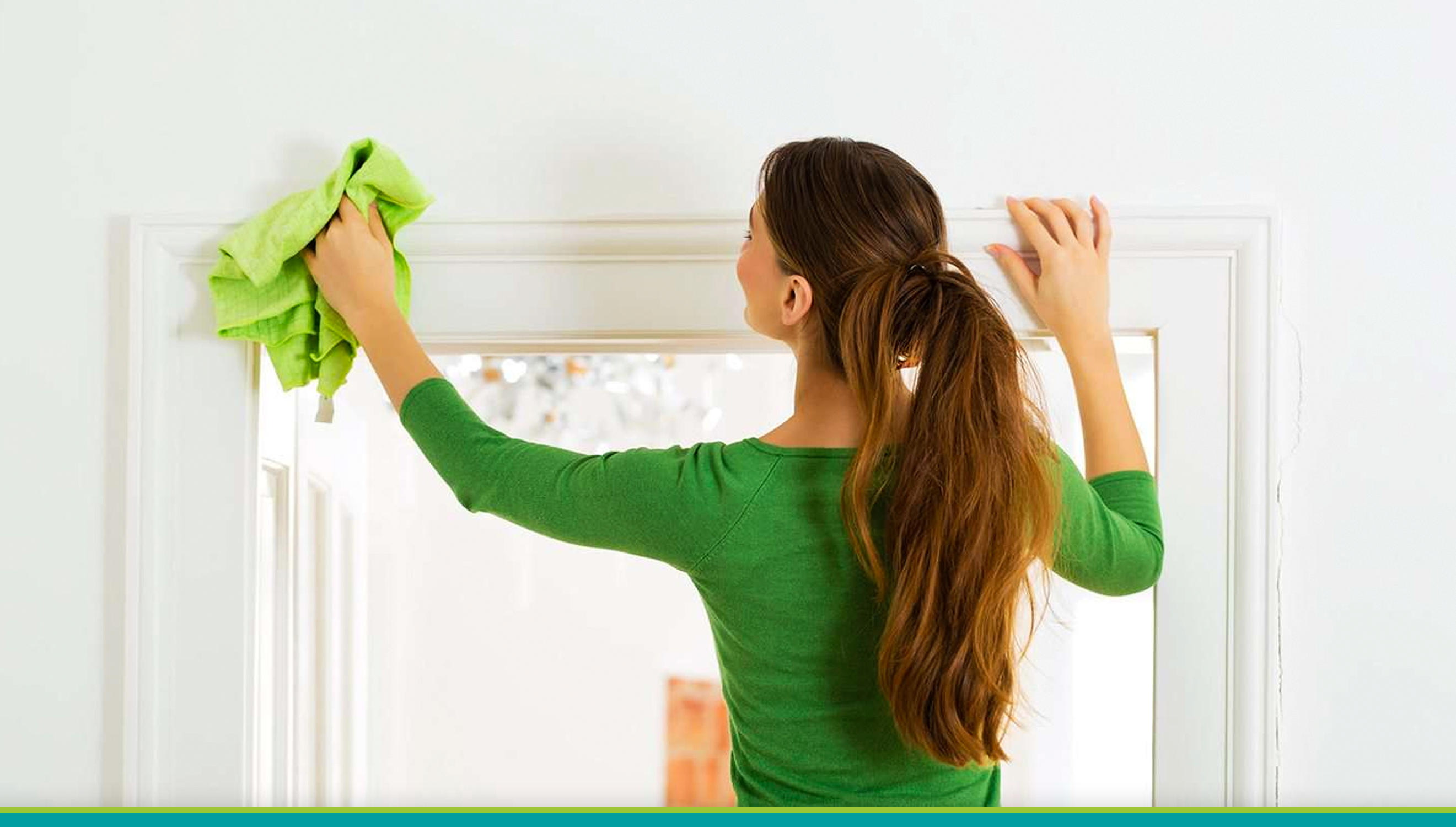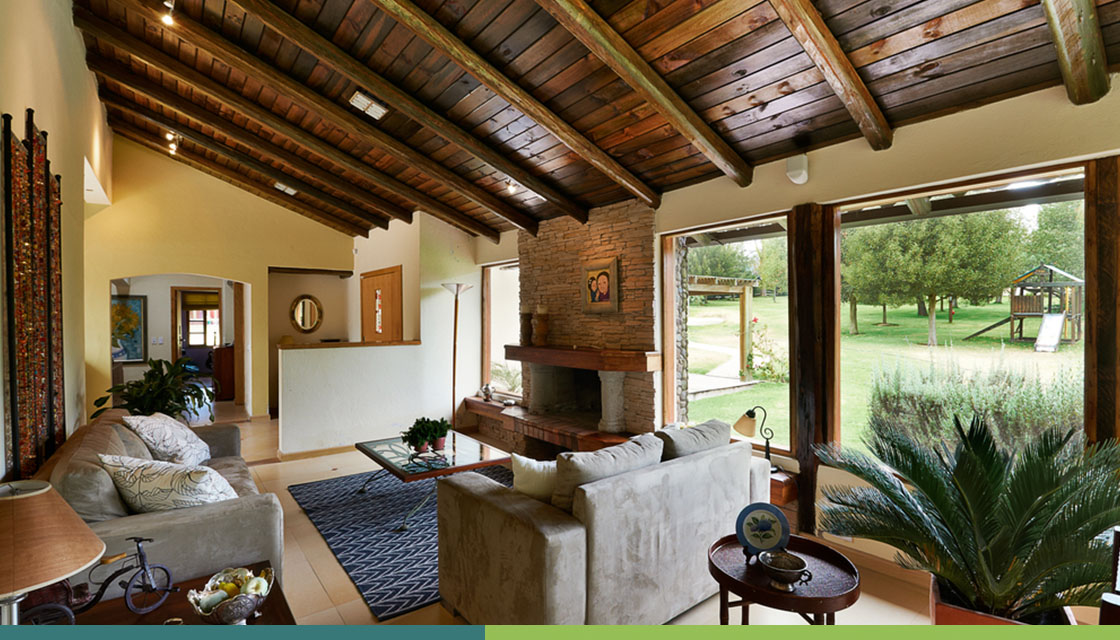In spite of all of their natural beauty, there is one natural element that can be detrimental to the longevity of your new door – MOISTURE!
The damage done by moisture can ruin both the beauty and function of your gorgeous, natural wood door. Don’t worry! A little foresight and planning is all you need to protect the look you’ve been dreaming of.
The main reason why wood changes shape is when it experiences a significant change in moisture. Raw wood will naturally release or absorb moisture until it finds equilibrium with its environment.
This works in both directions; if the air is warm and dry, raw wood will release moisture and dry out. If the environment is wet, raw wood will absorb moisture. If a wood door experiences repeated changes in moisture over time, the door will contract, crack, swell and generally change shape. This effect can be dramatic enough to prevent the door from closing properly.
There are a couple of simple steps you can do to protect that new door from having contact with moisture.
1 Climate Adjustment
If you buy a high quality wood door, the curing and drying process should be complete long before your new door reaches your home.
You should still take precautions to make sure your new door is well adjusted to your climate. Besides, who knows what environment your door was exposed to before arriving in your home!
After bringing the door into your home, set your climate control system to whatever the typical conditions will be for at least 24 hours.
The longer the door can acclimate, the better adjusted it will be. This allows the wood door time to equalize with the conditions it will be exposed to before you seal the wood.
2 Proper Sealing
The only portion of the door that we see is the front, back and latch side. The bottom and top edges are often overlooked, especially when it comes to painting and sealing.
If these small, but important, sections of the door are left untreated, they will absorb moisture under humid conditions and cause the door to swell. These are the most critical sections of your door to treat. This is true for both interior and exterior doors!
If you have an existing door that needed to be trimmed after a carpet installation, don’t forget to treat the bottom after it’s been cut
First, you will want to gently sand the open surface with fine-grit sandpaper. You can then use a cheap brush to apply a coat of paint or polyurethane.
Once the first coat is dry, lightly sand the surface to prepare it for the next layer. Finally, apply that last coat of protection and know you have done what you can to protect your door from moisture.
Make sure to strictly follow manufacturers recommendations on how to properly seal the door, as failing to do so could void your warranty.
3 Control Ambient Humidity
There are many steps you can take to control excessive moisture in your environment. The simplest option is to purchase a dehumidifier for spaces you know have excess humidity, such as basements with concrete floors, bathrooms and kitchens.
If you are doing a new-build or remodel, be aware that newly poured concrete releases A LOT of moisture. If your new door is going to lead to a concrete floor, make sure all concrete is completed cured before installing the door.
There are a couple simple changes you can make to your home to lower ambient humidity. For example:
- Use bathroom fans when showering, or open a window when possible.
- Make sure all appliances are vented outdoors.
- Install a hood range above your stove to help remove moisture from cooking.
- If you have a crawl space under your home, make sure it has a good vapor barrier.
- Store firewood outdoors. As firewood dries, the moisture will be released into your home.
- Installing energy-efficient windows which will help keep the inside of your house warmer
- and drier.
- Dry clothing outdoors when possible, or use a dehumidifier/ventilation fan when drying clothes indoors.
- Make sure exterior doors are protected by a porch or an eave to prevent direct exposure to rain.
4 Maintenance
A little bit of care will go a long way with wood doors. Over time, the door’s finish can wear off. This is especially true for exterior doors that are exposed to a lot of sun. You can paint exterior doors with UV resistant polyurethane to help them battle the elements.
Your wooden door may need occasional touch ups, or even to be refinished every couple of years in order to protect your door.
When treated right, a wooden door should last over one hundred years. By following these four simple tips, you door should survive into next century.




Thank you for your post, it has helped a lot. God bless.
I have a house that was built five years ago. Every interior door has water damage at the bottom (two story house mind you), and is coming apart. What might cause this issue because it is big.
Leave a comment